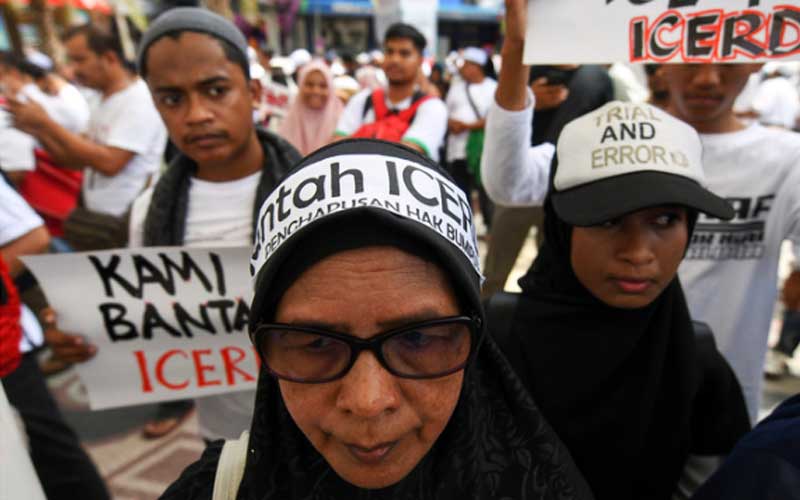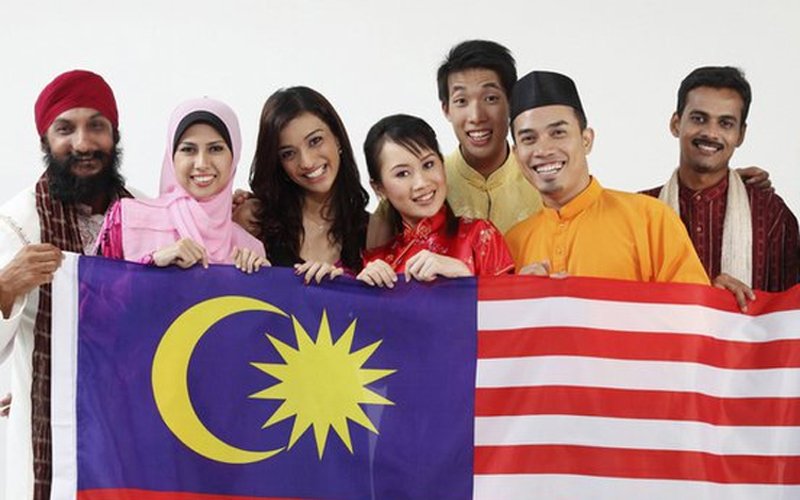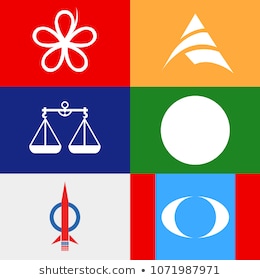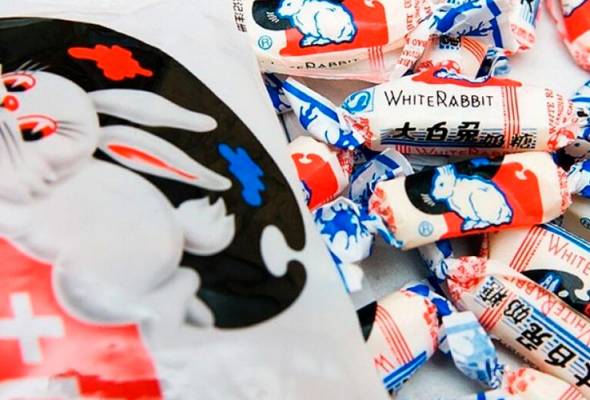By Zaliha Binti Idris
MALAYSIA is a multi-ethnic nation, with a predominately Muslim populace. Allegations of bigotry come from racial inclinations epitomized inside the social and money related strategy of the Malaysian government, as appropriately as more extensive pressures between quantities of ethnic gatherings. The possibility of Malay matchless quality is normal in the political circle by numerous Malays. Separation is broad, freely showed and acknowledged,going from suggested ethnic matchless quality to strict bigotry (Hong-Hai Lim,2007).

Around 179 countries have confirmed the Global Show on the Disposal of All Types of Racial Separation (ICERD), be that as it may, Malaysia isn’t one of them (Norshahril Saat, 2018). The specialists of the day had demonstrated an availability to confirm ICERD, anyway presently can’t seem to do as such because of the convention’s contention with the Malaysian constitution and the race and strict standards in Malaysia that had set up since its autonomy in 1957.
Islam in Malaysia is spoken to by utilising the Shafi’ie model of Sunni philosophy and the act of any extraordinary type of the religion like Shia is vigorously limited by the administration. The constitution makes Malaysia a mainstream nation and guarantees opportunity of religion, while sorting out Islam as the religion of the Alliance to symbolise its criticalness to Malaysian culture. Malaysian Chinese practice Mahayana Buddhism and run of the mill Taoism. Hindu is rehearsed by methods for most of Malaysian Indians. Christianity has built up itself in certain networks, essentially in Sabah and Sarawak. It isn’t attached to a specific ethnic gathering.

Relations between exceptional strict gatherings are usually really tolerant, despite the fact that individuals from the diverse ethnic associations do tend to have more noteworthy homogeneous private relations, fundamentally dependent on ethnicity and religion. Different bunches have been set up to endeavor to advance strict handle among the uncommon gatherings, with strict amicability saw as a need through Malaysian government officials.
For instance, both UMNO and PAS have resolved to be additional elite, and have confirmed that deliberately they had been never again support to sit around idly on non-Malay and non-Muslim votes. Be that as it may, it is very danger in political games and it re-underscore how edgy each UMNO and PAS have end up being in its attempt to hold onto the government specialists (Pakatan Harapan), by means of playing the passionate race and religion cards. Both these gatherings – one a race-based festival and the diverse an Islamic festival – are in risk of bringing us down the elusive way. Another Malaysia has come to fruition. A Malaysian likes to proceed and it is better that UMNO and PAS offer themselves as a decision that is inestimable and believable.

The Malays people have been defrauded because of their own conviction which has made them be marked as racists even as they endeavour to advocate their privileges. Different races which undertaking the Malays and which chat on the privileges of their races are never again alluded to as racists on the establishment of human rights. Are Malays or Muslims to be destroyed from seeing the world and suffocated in the trademark of the ‘Malaysia Baru’ race? Malays acknowledge this predetermination due to their Islamic confidence. In the event that Malays didn’t typify Islam, much the same as different races, they would now not be marked racists. PAS president Abdul Hadi Awang had expressed Muslims have been the “greatest foes” of the colonizers right up ’til today while referring to the records of Malaysia’s colonization.
The compassionate nature and proclaiming of all humankind brought by methods for Islam enabled the Malays to easily acknowledge the appearance of the Chinese, Indians and others with the guide of the colonizers who acquainted their motivation with make issues in the multi-strict and multi-racial network, to amplify their hold on financial interests. These had put Malays and other Bumiputera people group in country regions to rely upon farming and away from the monetary focuses of the towns. They have been not able snare up with different races post-autonomy despite stipulations in the Government Constitution to protect privileges of Malay and Bumiputera.
The recent controversial Malay Dignity Congress confirmed the upward push of the Malays comprising more than a few political leanings, NGO, lecturers and graduates. The congress had sought Malay rights that have been allegedly challenged and oppressed, besides any show of enmity in the direction of other races. Only Malays that are too dull and weak spiritually lose their identification in their own land. Instead of tearing the country apart, with fictional fears, citizens favour to see what it can offer to convey Malaysia to the high stage and get recognise from the global. It is very interesting how Malaysians get truly worked up when it comes to racial and religious issues in the country.
Even though, the Malays keep political power, they cannot without problems have an impact on financial changes in an ecosystem of political freedom and competitive economics that is unethical and undignified. The current scenario is being influenced with the aid of the party of an intense race to achieve political strength which seems via democracy that is influenced by excessive racist behaviour and very ungrateful to the deeds of the Malay-Muslims towards them. If Malay- Muslims had been surely racists, they would now not have allowed the Chinese, Indians and others citizenship’s, financial control, political rights to come to be parliamentarians, Menteri Besar or Chief Ministers has the freedom to exercise their religions. The recent controversial Malay Dignity Congress confirmed the upward push of the Malays comprising more than a few political leanings, NGO, lecturers and graduates.
The congress had sought Malay rights that have been allegedly challenged and oppressed, besides any show of enmity in the direction of other races. Only Malays that are too dull and weak spiritually lose their identification in their own land. Instead of tearing the country apart, with fictional fears, citizens favor to see what it can offer to convey Malaysia to the high stage and get recognise from the global. It is very interesting how Malaysians get truly worked up when it comes to racial and religious issues in the country.
References
Hong-Hai Lim (2007). “Ethnic Representation in the Malaysian Bureaucracy: The Development and Effects of Malay Domination”. International Journal of Public Administration.
Norshahril Saat (16 December 2018). “Commentary: Malaysia’s anti-ICERD rally a reality check for Pakatan Harapan”. Channel NewsAsia.
“Racism has poisoned Malaysian politics for far too long”. The National. 26 November 2018. Retrieved 21 April 2019.
Virginia Matheson Hooker, Norani Othman (2003). Malaysia: Islam, society and politics. Singapore: Institute of Southeast Asian Studies.
Westerlund, David (1996). Questioning the secular state: the worldwide resurgence of religion in politics
